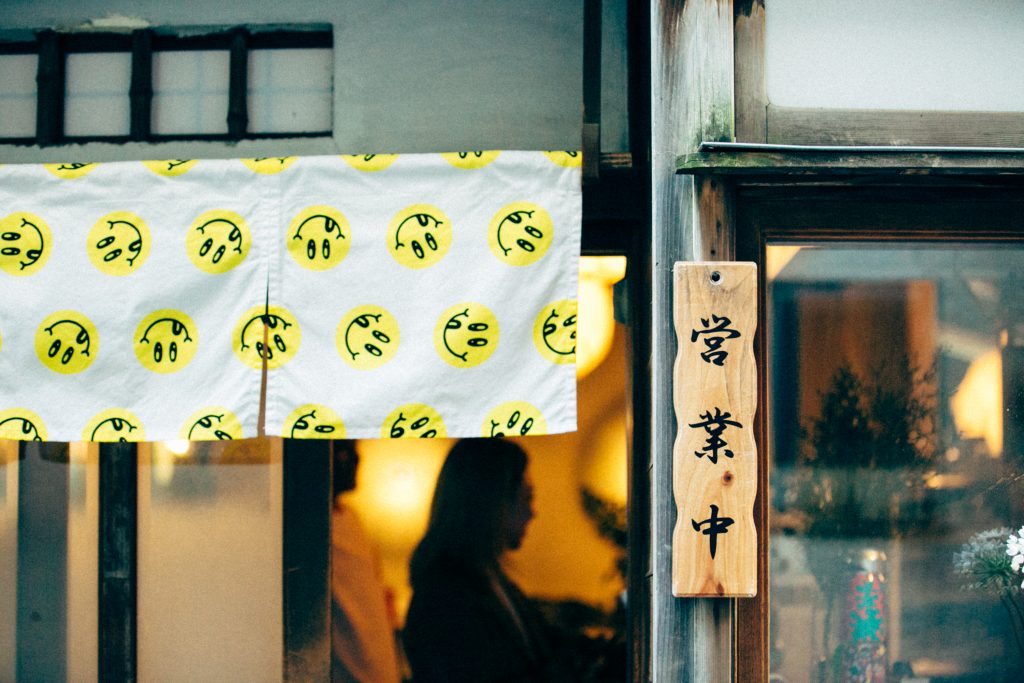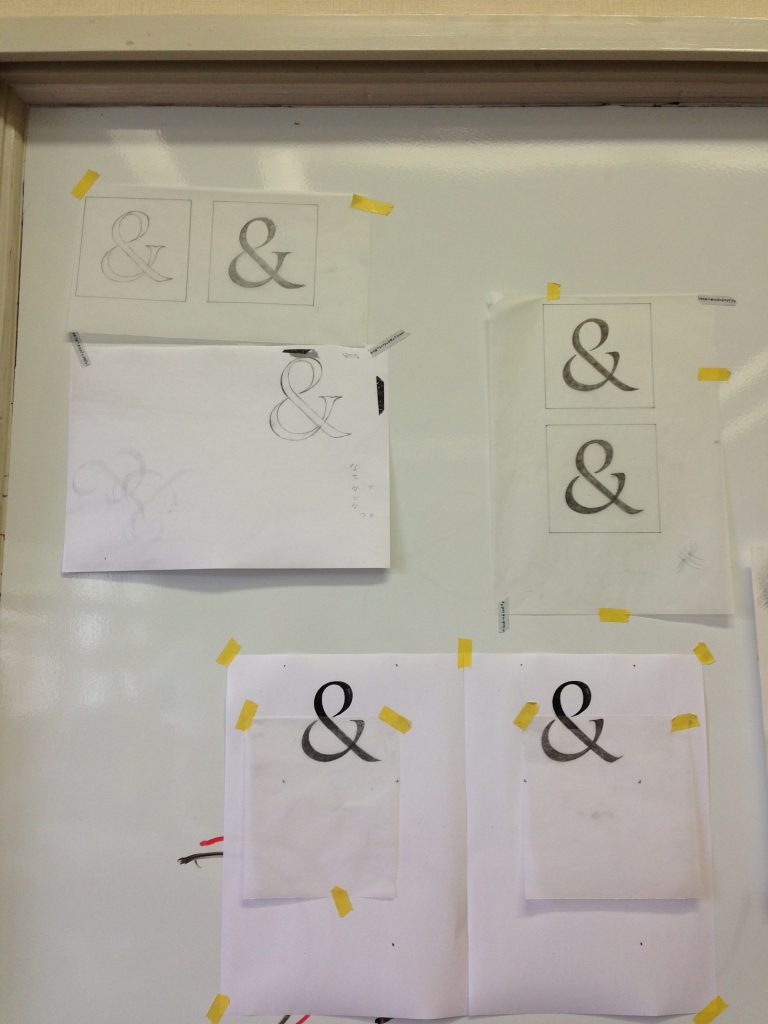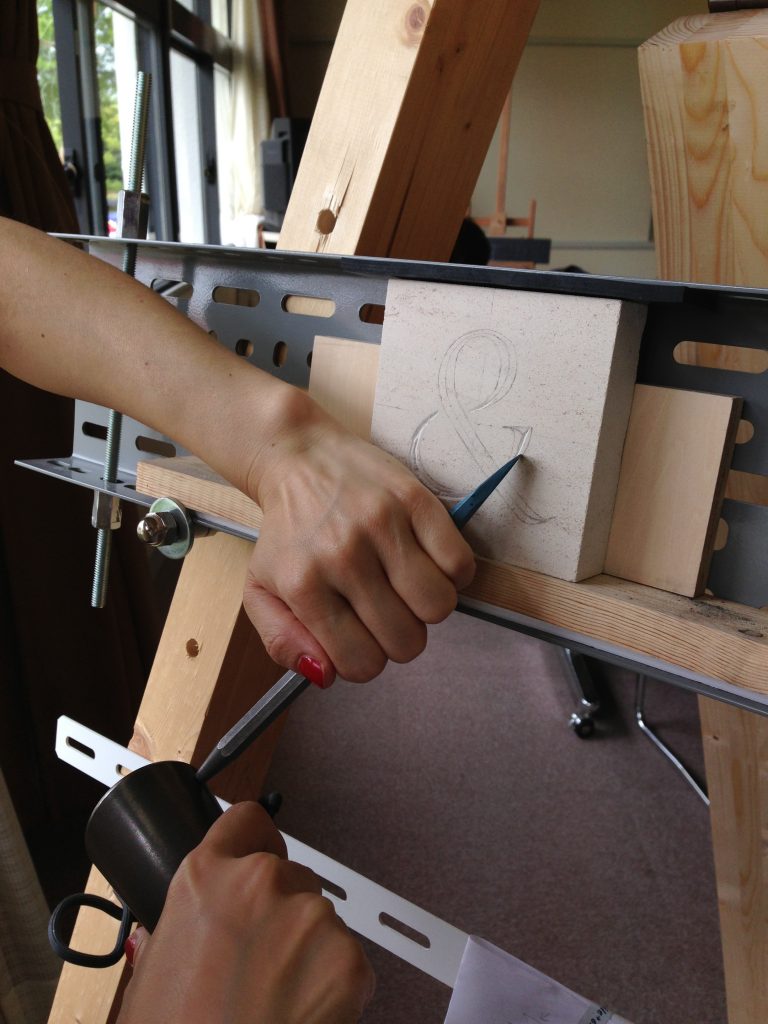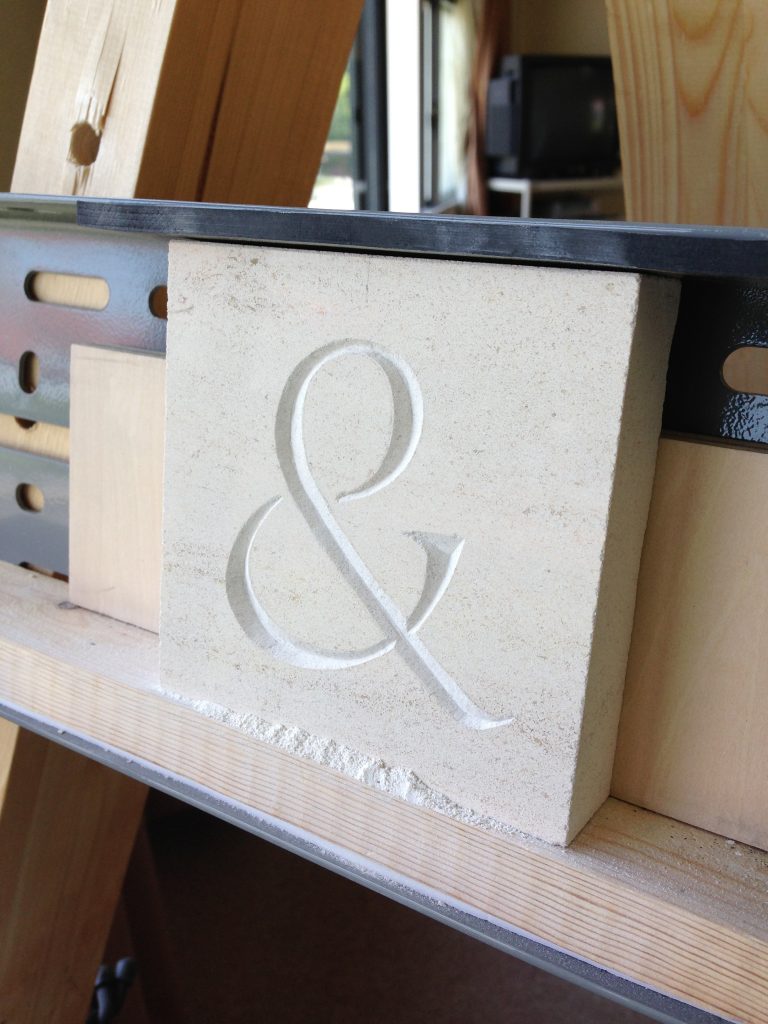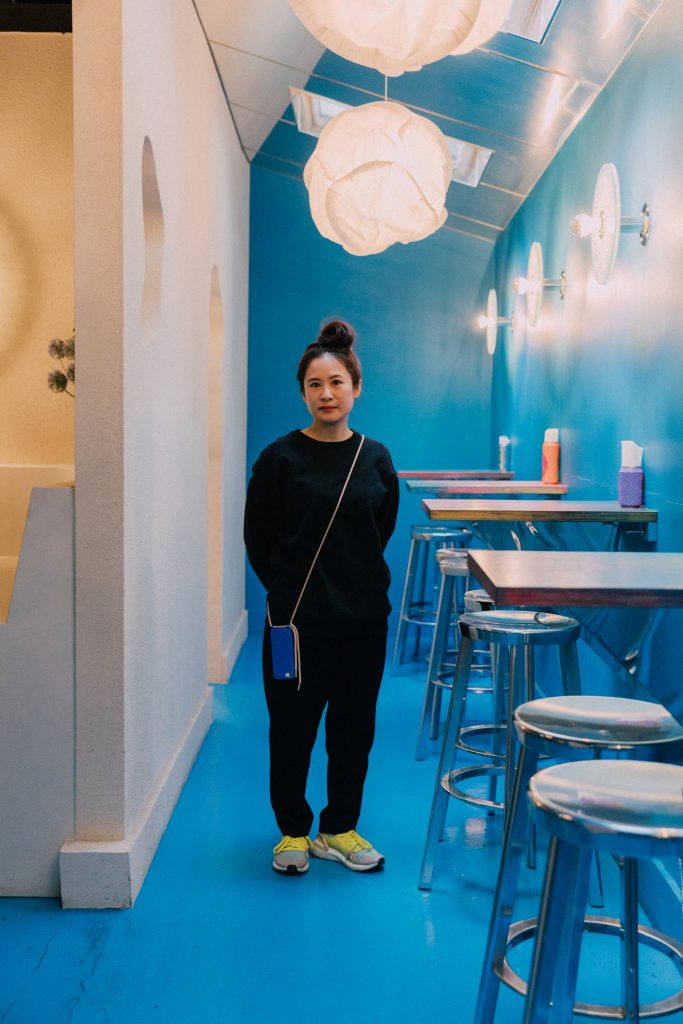


A world of creative beers that resonated with the soul of a designer.
●First of all, could you tell us about your school days?
I spent all of my life in Japan until I graduated from college and decided to study in the United States. I have always had a strong interest in foreign countries, but I think it started when I visited Germany with my parents in the first year of junior high school. It was the first time I experienced culture shock being in a foreign country, and I started to pay more attention. In high school, I took English conversation classes and did a homestay. Naturally, I liked studying English, but I also had a yearning for foreign countries, especially American culture.
●What was it about America that made you long for it?
The images of beaches and college students playing around. I think I was greatly influenced by the movies I watched. I was also influenced by music. My parents loved folk music, so I grew up listening to Western music. I’m embarrassed to admit it, but when I was a student, I liked TLC, and then I got hooked on Salt ‘n Pepper and other old school R&B music. When I was in high school, I was introduced to rap music by my tutor, who taught me about Cypress Hill and other OG music. I really like music, so I covered pretty much everything except pop and country, and for some reason Jazz, which never really hooked me.
●When did you start thinking about going to America?
Although I had just entered a Japanese university, my desire to go to the U.S. started to grow around that time. I liked seeing new things and being exposed to things I didn’t know, so I just wanted to go somewhere big (laughs). When I was in college, I would travel during my breaks to satisfy my desire to go abroad. I went to Niagara to see a friend, and then I went to New York and Jamaica, and in 2000, I went to Tonga because I heard that it was the first country to celebrate the year 2000.
●What did you study at university in Japan?
I majored in journalism in American cultural studies, studying culture, politics, social issues, and women’s issues. But one day, I took a web design class and found it very interesting. I started to think that I wanted to work in design, and that was my motivation to go to the US.
●That’s how you got into an American art college.
I had never studied design before, so I spent two years at a community college in California to learn the basics. After building my portfolio there, I entered the Otis College of Art and Design (*1). Student life in the U.S. was crazier than in Japan because there were so many strange people (laughs).
※1 Otis College of Art and Design
Founded in 1918, Otis College of Art and Design is one of the oldest art colleges on the West Coast.
Typography is neat and beautiful, but it is also very expressive and powerful.
●It’s a prestigious art college. Did you find your time studying design meaningful?
I think it was one of the most important times in my life. It was a time when things that had been vague in my head became clear. It was a time to confirm what kind of expression I wanted to do and what approach I should take to achieve it.
●What was your specialty?
I was a graphic design major, but I narrowed it down to typography. When I was looking for a reference book in the library, I came across a book by Jan Tschichold (*2). The moment I saw the book, I thought, “This is it!”.
※2 Jan Tschichold
German typographer and calligrapher (1902-1974)
●What was it about typography that attracted you to it?
Until then, I had only thought of letters as being used in books, but this was the first time I learned that there was such a way to express myself. Typography is neat and beautiful, but it is also very expressive and powerful. There are many different countries, ages, groups, and styles, and the more I studied, the more I became hooked.
●It’s a very detailed world, isn’t it? It’s like a microcosm or …….
When it comes to actually creating the typeface itself, it’s really a very delicate craftsmanship. After graduation, I worked for a company in the U.S. for about a year, but my boyfriend at the time was going to study type design in the Netherlands, so I went with him. There I witnessed the meticulous work. (laughs) I stayed in the Netherlands for about six months, but due to various reasons, I ended up returning home alone.
●So he became a type designer?
Yes, he went on to become a famous type designer. He had an artist’s as well as a craftsman’s temperament, so I think he was the right person for the job. I came across the typography book that contained his interview a while ago at an art event in Commune Omotesando, and it was so random, but I was glad to know he’s been doing great.
●That’s very moving. What have you been doing since you came back to Japan?
When I decided that I wanted to work in design, I first visited the office of Mr Takahisa Shirai. I had admired him ever since I saw him in a magazine I used to read called “Idea”. At that time, I was told that they were not hiring, so I ended up joining a small design firm. It was interesting to start working in Japan. I had just returned to Japan, so there was some culture shock. When I told the interviewer what my hourly wage was in the US, he said, “Are you Kashiwa Sato?” (laughs). In the U.S., the pay rate for design is very high, so I had seen a lot of new graduates living comfortably, and I didn’t realize that the salary system in Japan was completely different.
●What kind of work did you do at the design office?
It was an office that handled branding and interior design, and I worked in graphics for about three years. Then I moved to an advertising agency, but I quit after a year because the hard work broke my body. I had some money saved up, so I decided to try living without working and lived without a job for about a year. I decided to do all the things that I had always excused myself from doing because I was too busy.
●What did you want to do?
Of course, typography. I took classes, like letterpress, calligraphy, and stone carving. I got so much fun, so I kept continuing stone carving and calligraphy and ended up participating in group exhibitions.
●So you always had typography in your mind.
Yes, my love for type design, typography has never disappeared. So I wanted to challenge and somewhat finish what I left off. I think it was good that I was fully focused at that time. Even now, whenever I go to a bookstore, I pick up a book on typography unconsciously.
●After that year, did you start working again?
I worked for a branding and event management company for about a year as a designer, planner, and manager. But when I was feeling uncomfortable with the direction this company was taking, I found a job opening at Midori.so (*3), which I had known about for a while, and it seemed interesting, so I approached the organizer myself and decided to change jobs. I became involved as a community organizer and designer from the launch of Midori.so Nagatacho in 2016.
※3 Midori.so is a coworking space with branches in Nakameguro, Omotesando, and Nagatacho.
●There at Midori.so you become known as a beer lover?
Before I joined Midori.so, I had started attending the Freedom University (*4), and I went to Portland for two weeks on an urban studies tour. I had already noticed the great tastes of craft beers in the Netherlands, but Portland reawakened my interest. But I was working as a curator of shochu studies at Freedom University at that time, so even though I had opened my eyes to beer, my interest was much more focused on Shochu. Shochu is a type of drink that can be drunk for a long time, so even if you leave it for a while, you will come back to it, while beer is exciting because it has many different aspects. If I were to use an analogy, I would say that shochu is like a husband and beer is like a boyfriend (laughs).
※4 Freedom University
A place for adults to learn from unique lectures that revive the intellectual life force. 200 original lectures have been planned since the school opened in 2009.
●Why did you change your passion from shochu to beer?
My passion for shochu is still strong, but taking beer classes at Freedom University and creating events at Midori.so led me to a new fun world with new friends. And the beer industry is extremely free. Whereas the shochu industry has a rigid image with its old-fashioned structure still firmly in place, beer allows you to add anything you want and create any flavor you want. The style of the brewer is casual and the label can be playful too. I think it was this high degree of freedom in beers that really fit my personality.
●How did you come to know about Omnipollo?
When we did a pop-up event at COMMUNE (*5) in 2019, there was a stout from Omnipollo called “Yellow Belly”, which is a package with two black circles representing eyes on white paper, designed intentionally to look like the KKK (an American white supremacist group). “Yellow Belly” also means coward or cowardly, so I guess the name was chosen as an ironic reference to someone who acts dark anonymously. And even though the label says Peanut Butter Biscuit Stout, there’s no butter, nuts, or cookies in it. But somehow it tastes like it. The approach of using both beer and design to raise the issue of racism casually not pretentious, was very cool and impressive. Other beers I found interesting and playful included “Braraba,” a tribute to the contemporary artist Barbara Kruger, and “Elsa,” a tribute to Elsa von Freitag-Loringhoven of DADA, who is said to have been the true creator of Marcel Duchamp’s “Fountain”. I was so happy to see such an idea made into a beer! That made me smile. There are other people who make well-designed and tasty beers, but it’s rare to find a brewery who is so clever and creative in context.
※5 COMMUNE
A community space in Omotesando where Midori.so Omotesando and Freedom University are located.
There are other people who make well-designed and tasty beers, but it's rare to find a brewery who is so clever and creative in context.
●It’s been almost a year since you started Omnipollos Tokyo.
It’s been a year of ups and downs, partly due to the spread of the new coronavirus. But that’s why I think it’s just the beginning. I have lots of ideas that I want to do, first off I like to create Tokyo original beers with Henok and Japanese breweries. And as for the products, I like to collaborate with Japanese artists, and create something that is used Japanese tradition, like folk art. I also have a vision of what I want the store to be like. If the Olympics had been held and tourists had gathered, I might have kept running without thinking, so it was good that we all had a time to take a moment to ponder after all.
●In the past year, Kabutocho has changed and there are more places where you can drink beer. What kind of place do you want Omnipollos Tokyo to be in Kabutocho?
Nowadays, people from all walks of life drop by, including people with their ear to the ground and neighbors, perhaps due to the curiosity of the place. From now on, I would like to have more exhibitions and events, and make the place a gathering space for people who like culture as well as beers. Of course we want to provide delicious and unique bees, but we also want to be more than just a beer bar or brewery. I hope to create an atmosphere like Midori.so, a bar where interesting people gather and interesting things are happening always.
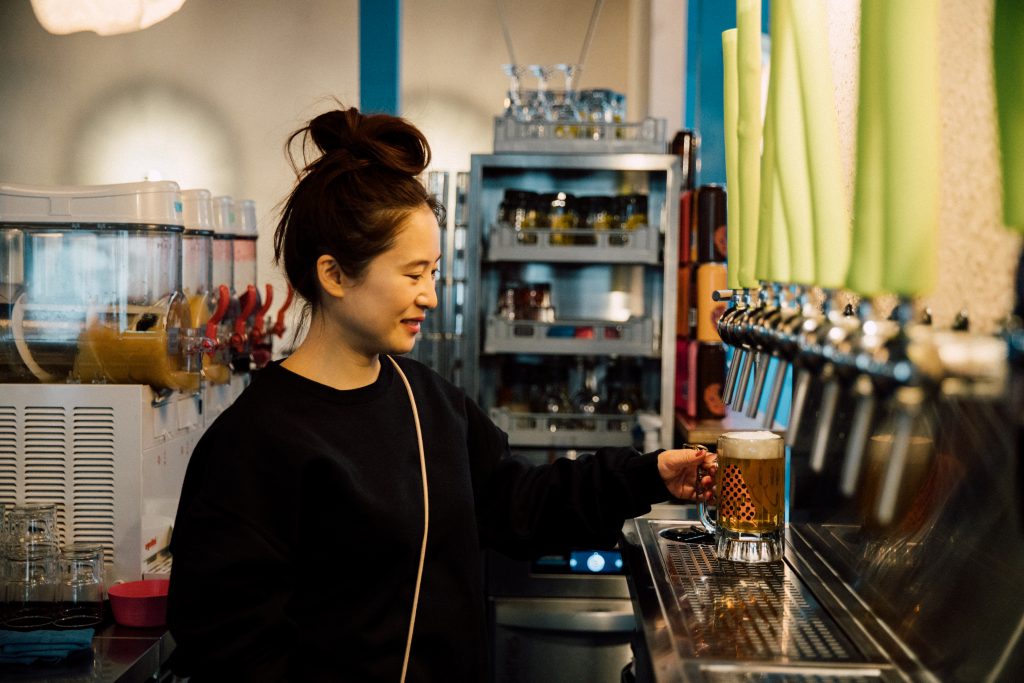
Yuko Sawamoto
Born in Tokyo, Japan, Yuko Sawamoto moved to California in 2001 to study Graphic Design at Otis College of Art and Design. After returning to Japan, she worked at several design firms and creative studios, and also created and organized classes on shochu at Freedom University. After working in a management team in Midori.so since the launch of Nagatacho office, she opened Omnipollos Tokyo in 2020.
Text : Momoko Suzuki
Photo : Portraits by Nathalie Cantacuzino, Interior by Naoto Date
Interview : Akihiro Matsui
Yuko Sawamoto
Communications and Branding Manager, Omnipollos Tokyo
Ayumi
Ao
Interesting people in Kabutocho
Ayumi, she’s got a distinctive style, she always looks cool and stylish, and her nickname, Cameron is so unusual and unique, just like her character. I’m always impressed by her inquisitiveness towards tea and alcohol. I’d love to unravel the mystery of her.
